Best Seasons for Stamped Concrete
Stamped concrete service is most effectively performed during specific weather conditions to ensure optimal results. The ideal time for scheduling this service is during mild temperatures with low humidity, typically in spring and fall. These conditions allow the concrete to cure properly, preventing cracks and ensuring a durable finish.
Spring offers moderate temperatures and lower humidity, making it suitable for stamped concrete installation and finishing.
Fall provides cooler temperatures and less rain, which helps in proper curing and reduces the risk of surface imperfections.
High temperatures can cause rapid drying, leading to cracking and uneven stamping. It's best to avoid summer months for large projects.
Cold weather and freezing temperatures can prevent proper curing and may damage the concrete, so winter is generally unsuitable.

Ways to make Stamped Concrete Service work in tight or awkward layouts.
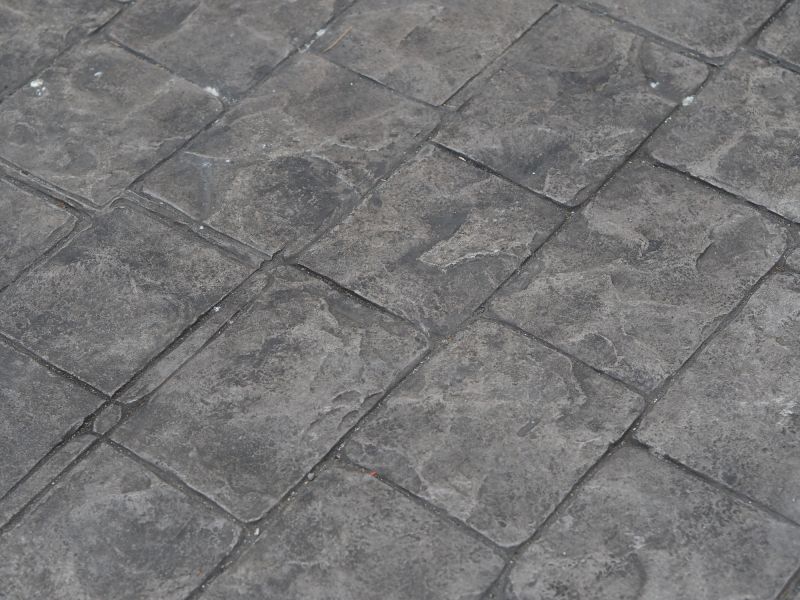
Popular materials for Stamped Concrete Service and why they hold up over time.
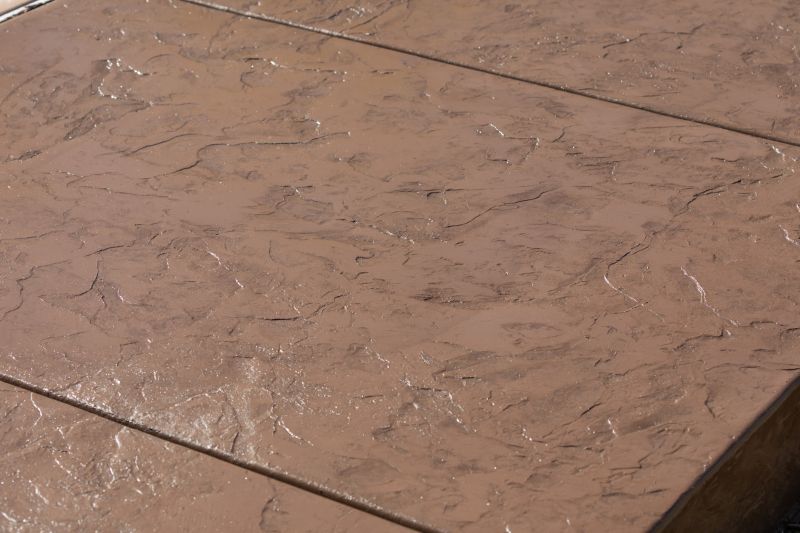
Simple add-ons that improve Stamped Concrete Service without blowing the budget.
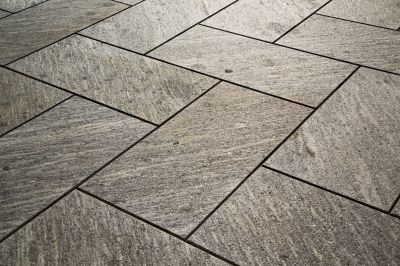
High-end options that actually feel worth it for Stamped Concrete Service.
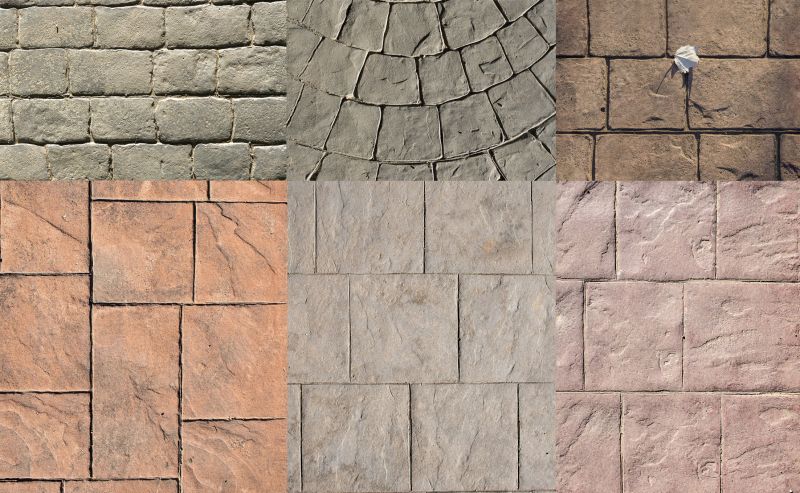
Finishes and colors that play nicely with Stamped Concrete Service.
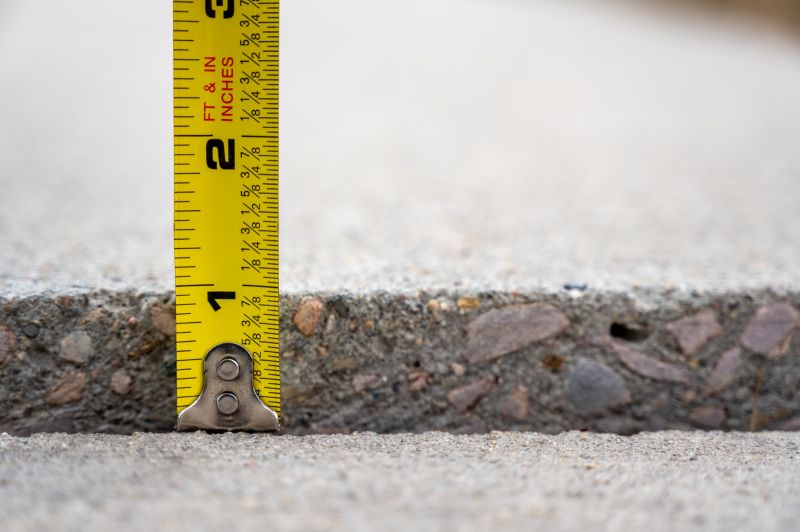
Little measurements that prevent headaches on Stamped Concrete Service day.
| Season | Ideal Conditions |
|---|---|
| Spring | Moderate temperatures, low humidity, dry days |
| Fall | Cool temperatures, low humidity, dry weather |
| Summer | High temperatures, risk of rapid drying |
| Winter | Freezing temperatures, unsuitable for curing |
Stamped concrete service enhances the aesthetic appeal and durability of surfaces such as patios, walkways, and driveways. It involves imprinting patterns and textures onto freshly poured concrete, creating a variety of decorative effects. Proper timing ensures the concrete sets correctly, preventing cracks and surface imperfections. The process typically involves preparing the site, pouring the concrete, and applying stamps once the surface reaches the right consistency.
Statistics indicate that scheduling stamped concrete during favorable weather conditions reduces the likelihood of rework and extends the lifespan of the surface. Proper curing during optimal weather can increase the durability by up to 30%, making it a worthwhile consideration for property enhancements.
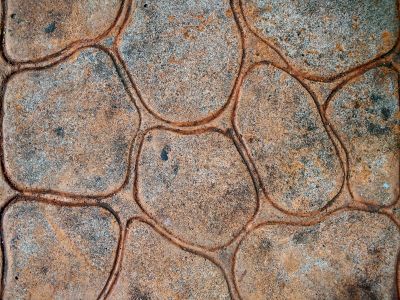
A 60-second routine that keeps Stamped Concrete Service looking new.
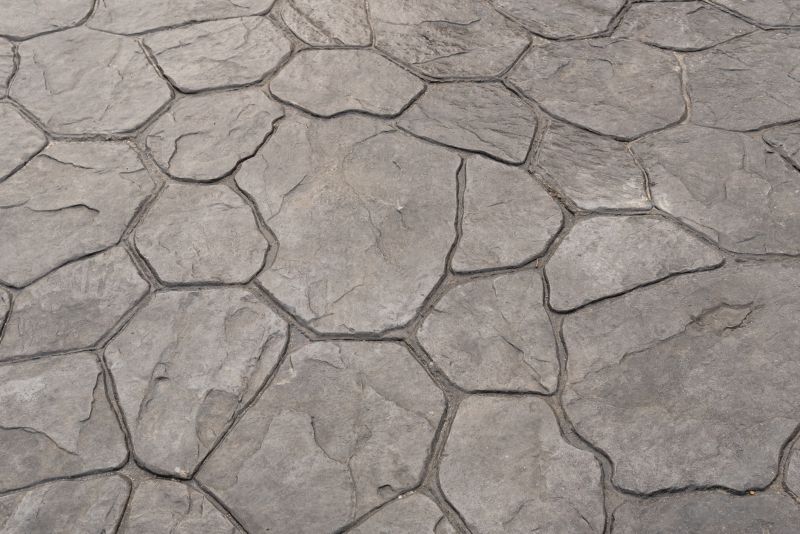
A frequent mistake in Stamped Concrete Service and how to dodge it.
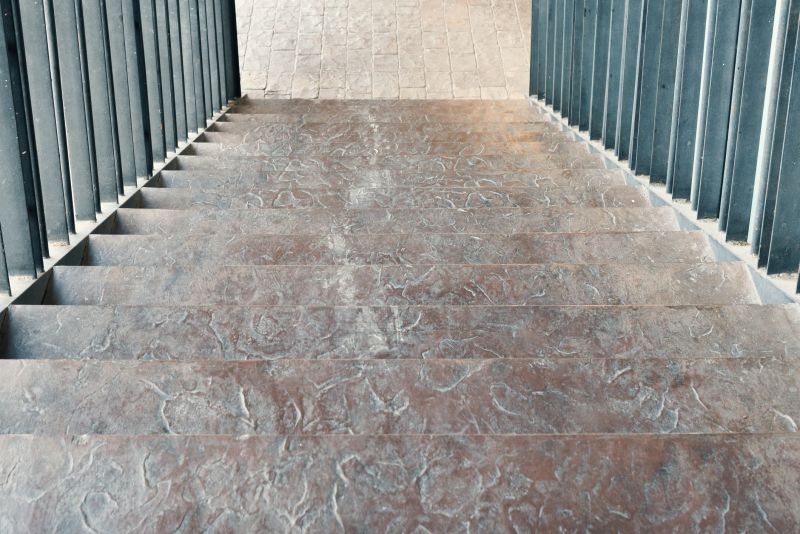
Small tweaks to make Stamped Concrete Service safer and easier to use.
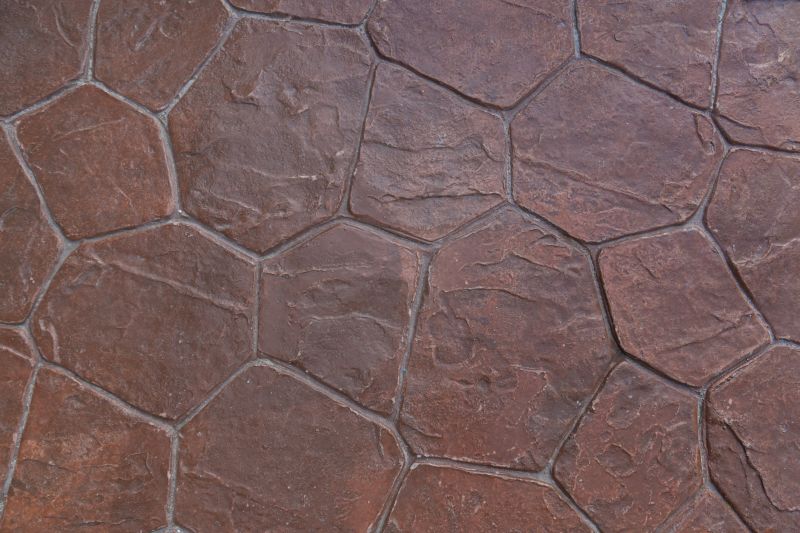
Lower-waste or water-saving choices for Stamped Concrete Service.
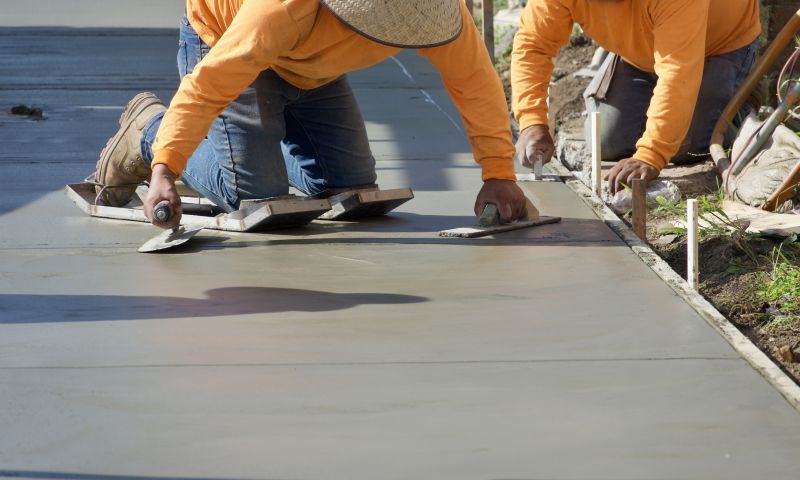
The short, realistic tool list for quality Stamped Concrete Service.
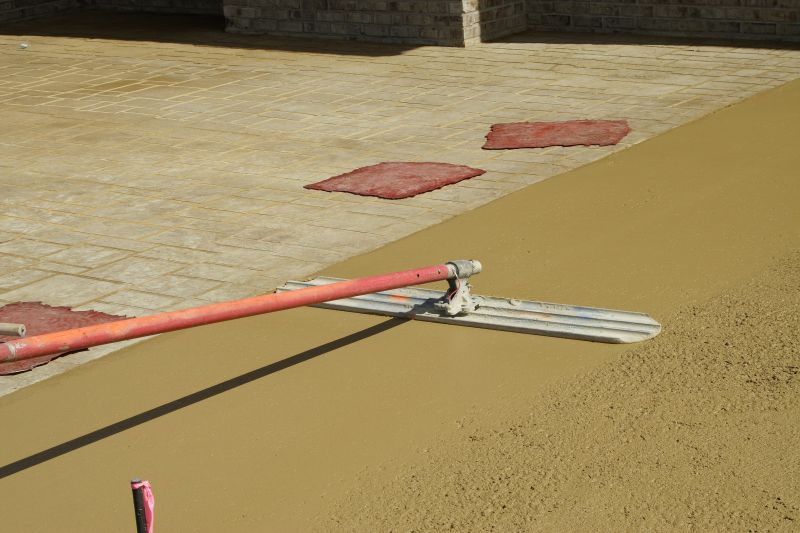
Rough timing from prep to clean-up for Stamped Concrete Service.
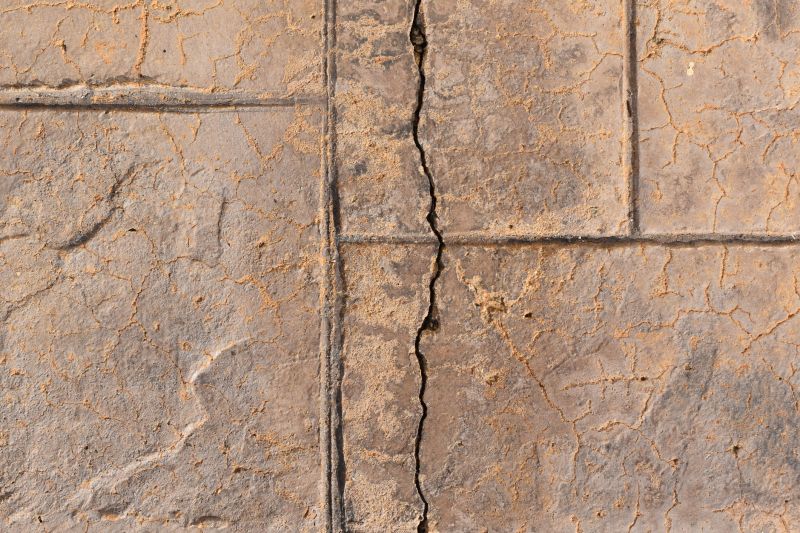
Quick checks and paperwork to keep after Stamped Concrete Service.

Examples that show the impact a good Stamped Concrete Service can make.
For those interested in scheduling stamped concrete service, it is advisable to contact professionals during the preferred seasons. Proper planning and timing can lead to a more durable and visually appealing surface that lasts for years.
